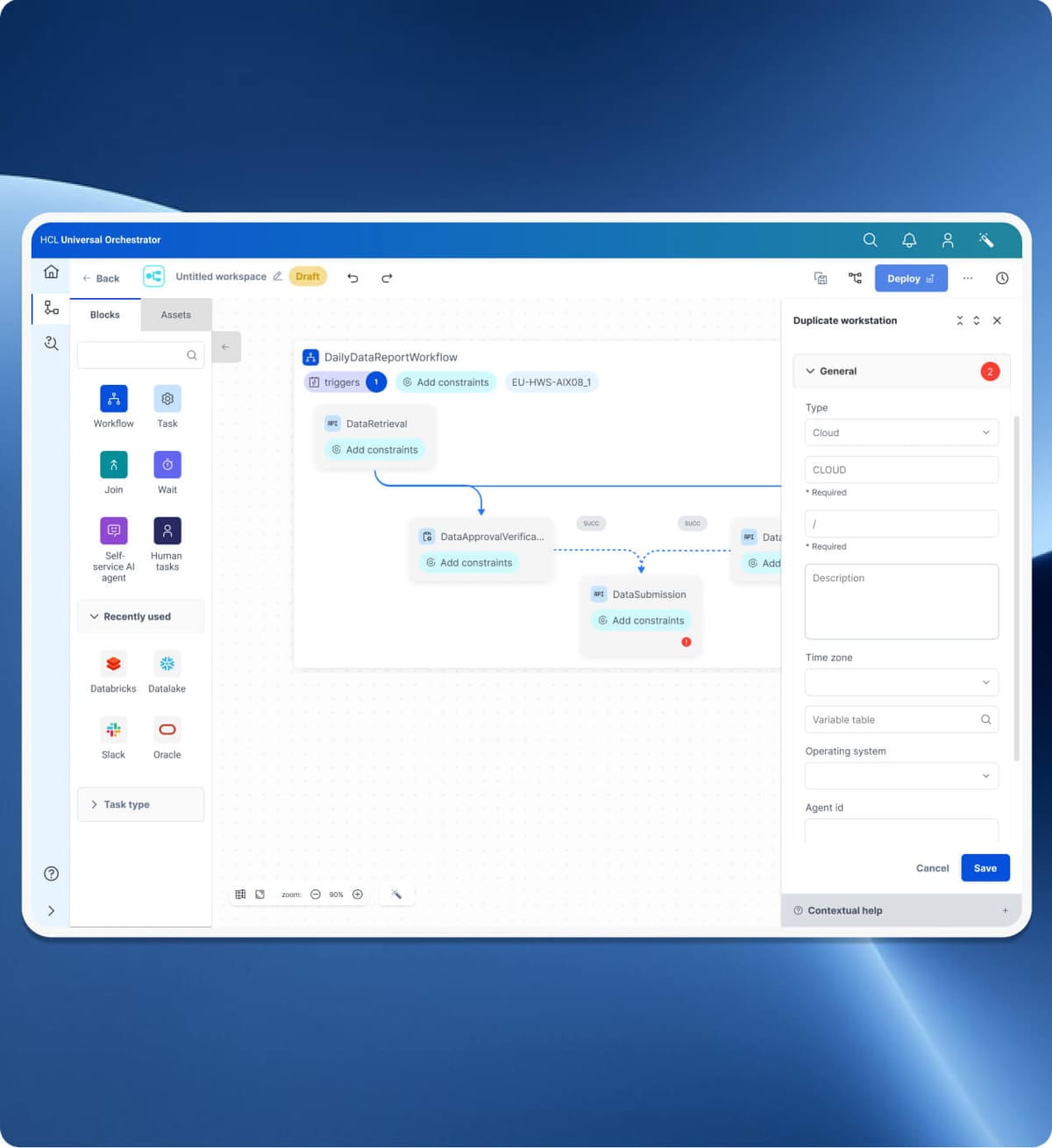
HCL Universal Orchestrator
Enterprise Automation Platform
AI-powered orchestration interface that transforms complex workflow management into intuitive, visual experiences for enterprise users
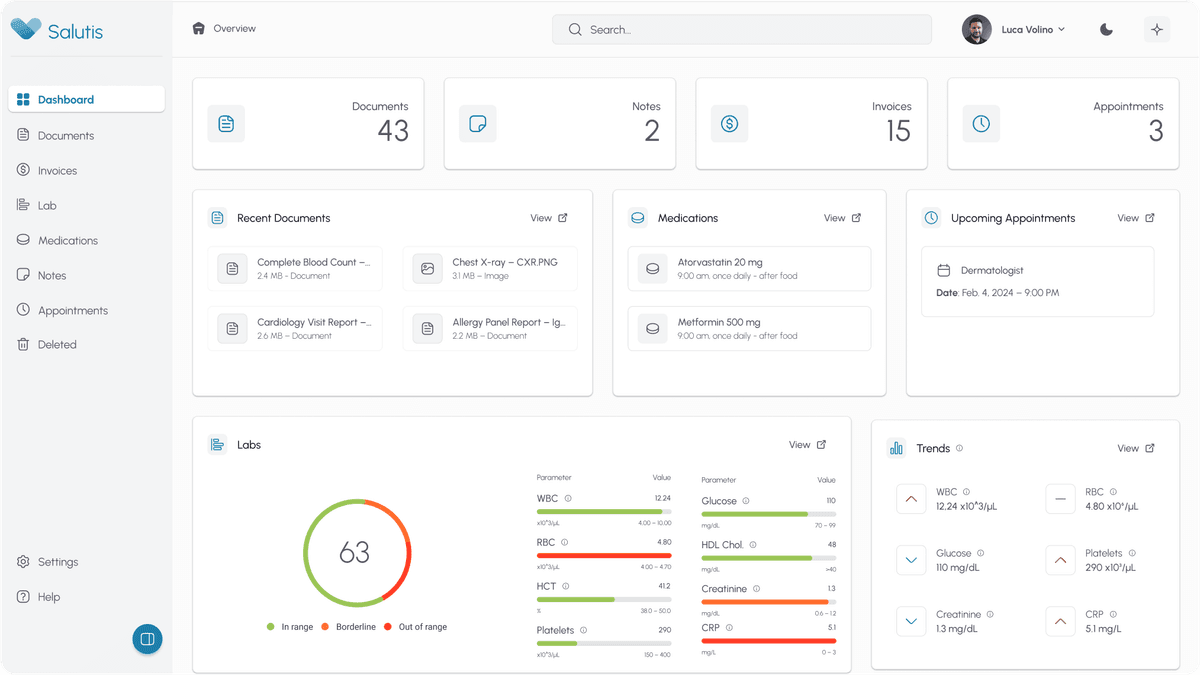
Building a health data app that respects user privacy while making medical information actionable. As co-founder and lead designer, I created Salutis using local-first architecture, allowing users to control their sensitive medical data while providing AI-powered insights.

Personal health data management faces critical challenges: 13.6% of clinical visits lack important medical information, over 50% of data proves difficult to retrieve, and only 11% of US adults maintain active Personal Health Records despite 38% preferring standalone solutions.
Privacy concerns drive low adoption, with 75% of patients fearing for data confidentiality. Healthcare breaches have grown from 18 incidents in 2009 to 725 in 2024, creating a $10.6 billion market opportunity for privacy-focused solutions.
The wireframing process established a clear information hierarchy prioritizing user control and data accessibility. I structured the interface around six core health categories: Documents, Notes, Invoices, Appointments, Labs, and Trends, with a dashboard design emphasizing quick overview and easy navigation.
Key metrics are displayed through summary cards for instant health data assessment, while universal search provides access across all data types. The modular layout ensures each health category maintains distinct identity and purpose. The Labs section features an intuitive scoring system with visual indicators for in-range, borderline, and out-of-range values, making complex medical data immediately comprehensible.
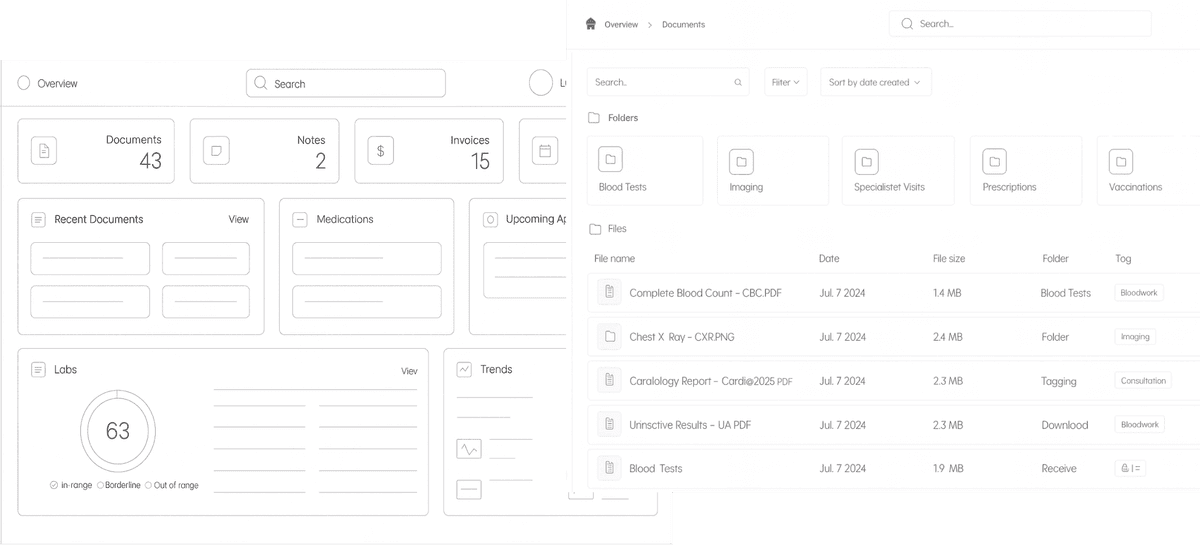
The Salutis brand identity centers on health data ownership and user empowerment. The logo features a heart symbol constructed from overlapping geometric forms, representing the intersection of personal health and data control. The gradient from teal to blue conveys trust and medical professionalism while maintaining approachability, with the tagline "Your Data Your Health" directly communicating complete user control over personal health information.
The visual design system emphasizes clarity and accessibility, balancing calming blues with functional grays for optimal readability across all contexts. Typography choices prioritize legibility for users of all ages, with clear hierarchy supporting easy information scanning. This clean visual identity positions Salutis as a trustworthy, user-centric alternative to traditional health management systems.


The interface prioritizes medical data comprehension through clean, scannable layouts that transform complex health information into digestible insights. AI-powered data extraction automatically structures information from uploaded documents, while intelligent insights help users understand trends and anomalies in their health data through color-coded indicators and intuitive iconography.
Accessibility drives every design decision, with high contrast ratios, large touch targets, and adaptive layouts that perform consistently across devices. A comprehensive dark mode reduces eye strain during extended use, while the card-based architecture balances comprehensive functionality with simplicity for quick access to vital health information.
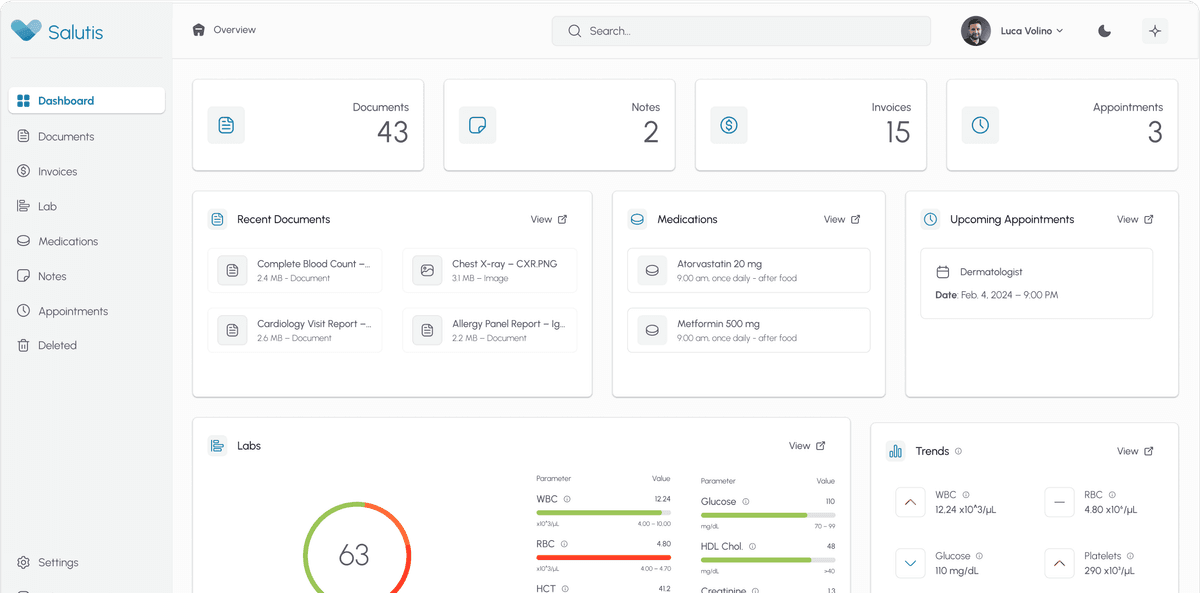
Salutis employs a file-based, local-first architecture that fundamentally reimagines health data ownership. All user data remains on-device or within personal cloud folders (Google Drive, iCloud), with no centralized servers or databases controlled by Salutis. This approach ensures users maintain complete control over their sensitive medical information while eliminating vendor lock-in and reducing privacy risks.
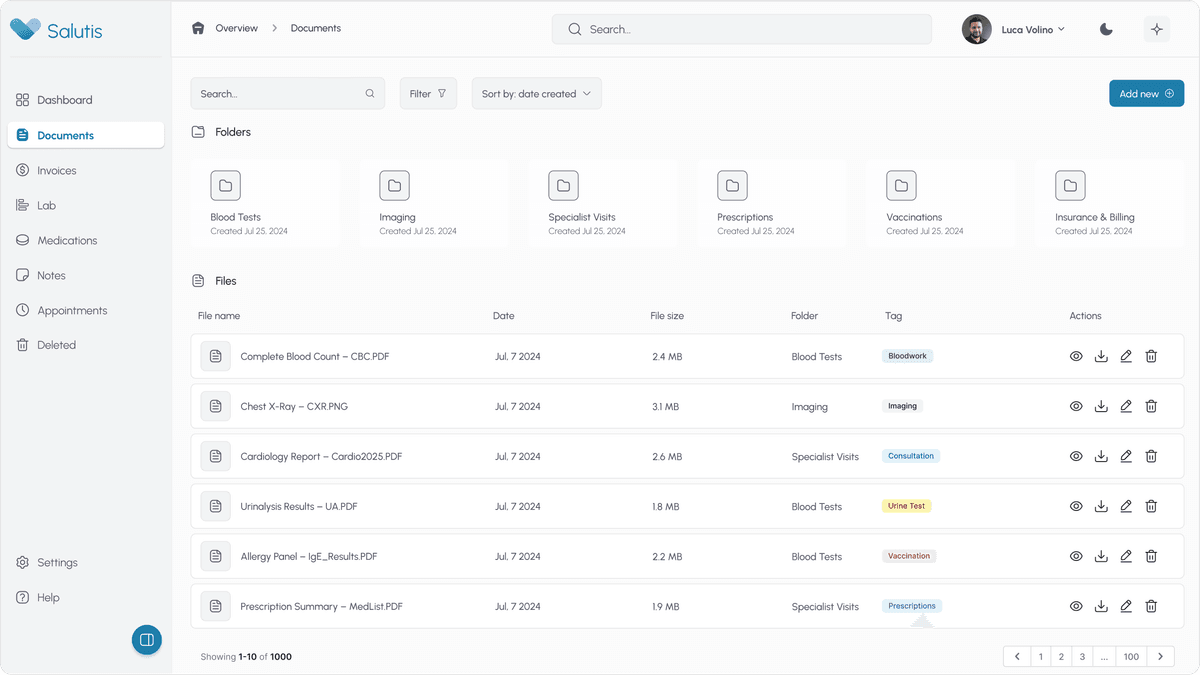
Salutis integrates artificial intelligence to transform complex medical documents into structured, actionable health insights. The AI system automatically extracts and categorizes laboratory results, medical reports, and health data from uploaded documents, eliminating manual data entry while maintaining accuracy. Advanced algorithms analyze health trends over time, providing personalized insights and anomaly detection to help users understand their health patterns.
All AI processing occurs locally or through privacy-preserving methods that ensure complete anonymization of health data. The system never transmits identifiable information to external servers, maintaining Salutis's commitment to user privacy while delivering intelligent health analytics that make medical information truly accessible and actionable.
The dashboard provides a comprehensive overview of health data with intuitive navigation and smart categorization. Users can quickly access their medical documents, lab results, medications, and appointments through a clean, organized interface designed for easy health data management.
The main dashboard features summary cards showing document counts, recent activities, and quick access to key health information. AI-powered insights appear prominently, offering personalized health trend analysis, appointment reminders, and suggested questions for doctor visits. The interface maintains medical data privacy while ensuring information remains easily accessible and actionable.
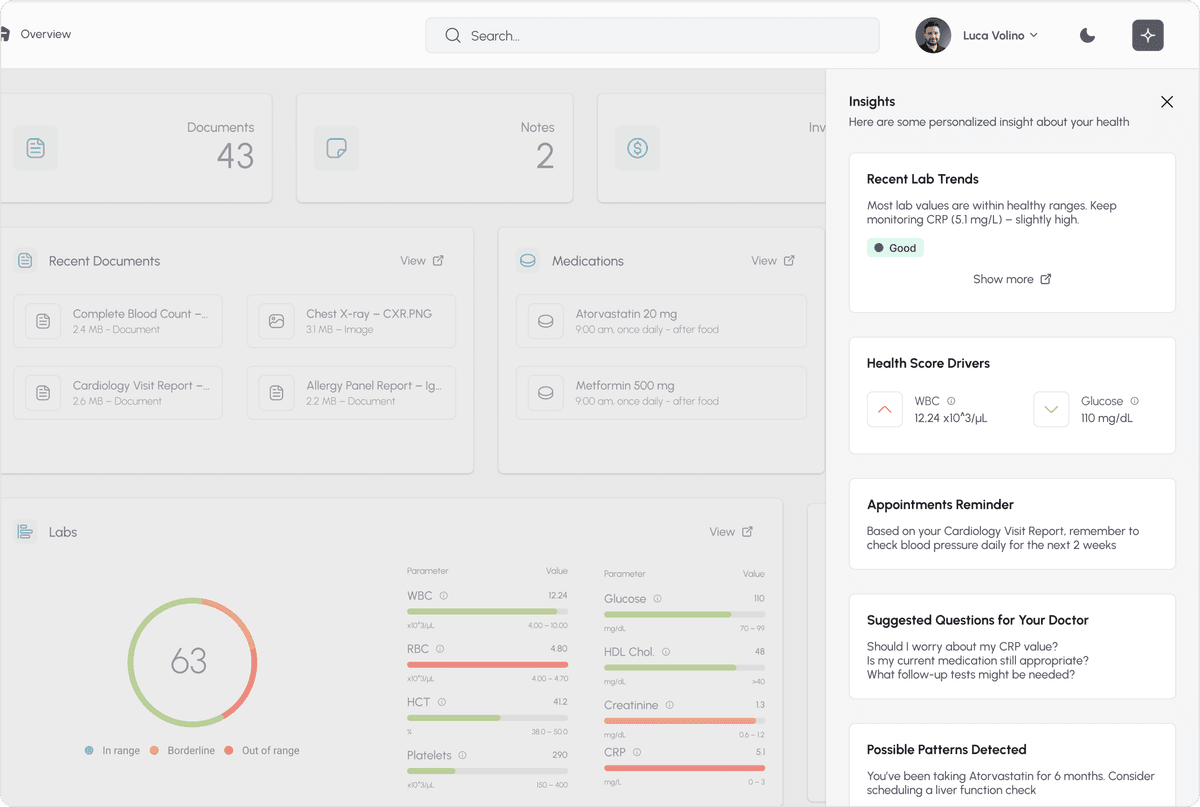

Salutis features a comprehensive dark mode implementation that reduces eye strain during extended use while maintaining excellent readability of medical data. The interface adapts seamlessly between light and dark themes, preserving the visual hierarchy and color-coded health indicators that users rely on for quick health assessment.
The dark mode design prioritizes accessibility and user comfort, with carefully calibrated contrast ratios and adjusted color palettes that ensure medical information remains clear and actionable regardless of the selected theme.
Strategic design solutions that solve real problems and deliver measurable results

Enterprise Automation Platform
AI-powered orchestration interface that transforms complex workflow management into intuitive, visual experiences for enterprise users
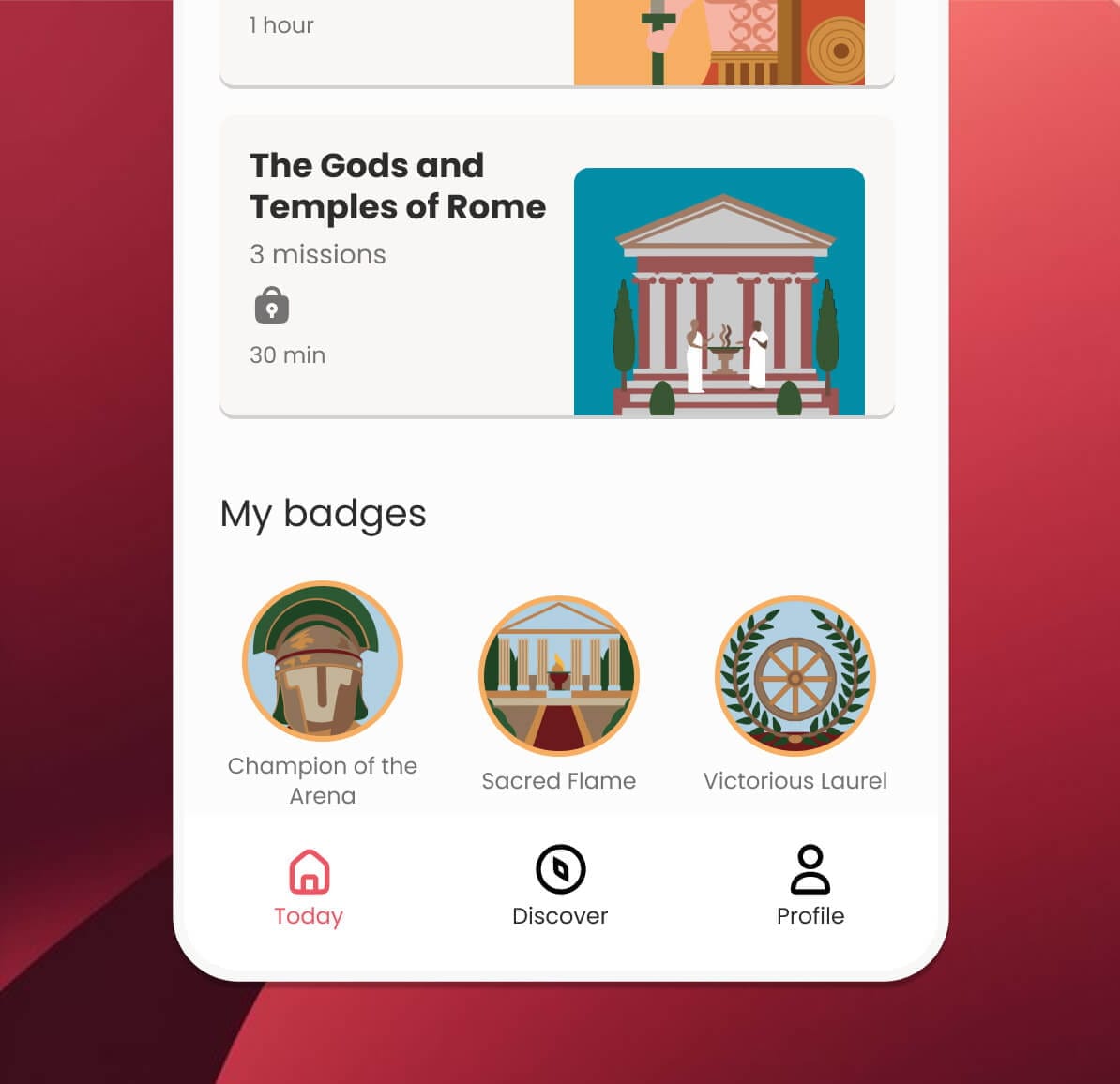
Mobile App Design
Modern mobile application that delivers seamless user experiences through thoughtful interface design and user-centered functionality